Description
Best Wheelchair item 2025
Wheelchair Mobility Solutions for Patients: A Comprehensive Guide
Mobility aids play a vital role in improving the quality of life for individuals facing physical limitations. Whether due to injury, illness, disability, or aging, reduced movement can impact daily routines, independence, and emotional well-being. Fortunately, modern mobility devices provide a way for users to regain freedom, engage socially, and maintain a sense of autonomy. This article explores various mobility options, their benefits, and important considerations when choosing the right one for someone in need.
Wheelchair: Purpose of Mobility Aids
Wheelchair Devices that support movement are designed for individuals who have difficulty walking or standing. Some people require assistance temporarily during recovery, while others may need long-term support due to chronic health conditions.
Common goals of using mobility support devices include:
-
Enhancing Movement: Helping individuals move around with greater ease.
-
Providing Comfort: Offering proper seating and posture support.
-
Enabling Participation: Allowing users to engage in everyday activities.
-
Promoting Self-Reliance: Reducing dependence on others for basic mobility.
Types of Mobility Devices
There are several categories of supportive devices available, each catering to specific needs and preferences:
1. Self-Propelled and Companion-Assisted Chairs
These are typically operated manually, either by the user or a caregiver. They are often lightweight and easy to fold.
-
Standard Mobility Chairs: Designed for self-use, with large wheels at the back.
-
Light and Ultralight Models: Easier to push and carry, ideal for frequent use.
-
Transport Variants: Pushed by a caregiver, often used for appointments and errands.
2. Powered Options
-
Basic Electric Chairs: Joystick-controlled, suitable for both indoor and outdoor use.
-
Heavy-Duty Versions: Designed for larger users or more rugged surfaces.
-
Compact, Foldable Models: Easy to transport and store, often used for travel.
3. Condition-Specific Designs
Some designs are tailored to meet particular medical or lifestyle needs:
-
Reclining and Tilting Models: Help redistribute pressure and improve comfort.
-
Athletic Models: Built for sports and recreational use.
-
Children’s Designs: Adjustable and size-appropriate for young users.
-
Standing Variants: Allow the user to elevate to a standing position, offering health benefits like improved circulation.
Important Features to Consider
When selecting a mobility solution, it’s important to evaluate certain features for safety and comfort:
-
Size and Fit: Proper width and depth ensure user comfort and reduce skin issues.
-
Supportive Back and Seating: Helps with posture and pain relief.
-
Adjustable Arm and Leg Rests: Improve convenience and support.
-
Weight and Foldability: Important for ease of use and transport.
-
Customizability: Personalized adjustments enhance the user experience.
-
Build Quality: Durable materials ensure safety and long-lasting use.
-
User Interface (for powered models): Should be intuitive and responsive.
Patient-Centered Considerations
Consulting a healthcare provider is essential in choosing the right solution. Several factors should guide the decision:
-
Medical Condition: Whether the need is temporary or long-term.
-
User Strength and Coordination: Determines manual vs. powered options.
-
Environment: Whether the user will be indoors, outdoors, or both.
-
Transportation: Consider if the device needs to fit in a car or be checked for flights.
-
Caregiver Availability: Some options require help for setup or movement.
Advantages of Mobility Support Devices
A properly chosen mobility tool can greatly enhance quality of life:
-
Restored Movement: Allows users to participate in daily life more actively.
-
Increased Self-Sufficiency: Empowers individuals to move on their own terms.
-
Better Health Outcomes: Encourages good posture and reduces risk of pressure-related complications.
-
Social Engagement: Encourages users to get out more, attend events, and stay connected.
-
Peace of Mind: Built-in safety features and support reduce the risk of accidents.
Maintenance Tips
Regular maintenance ensures that the device remains safe and efficient:
-
Inspect Wheels and Tires: Check for wear and proper inflation.
-
Clean Surfaces: Keep seating and frames free of dirt and bacteria.
-
Check Batteries: Charge regularly and avoid overuse.
-
Look for Loose Parts: Regular inspections prevent small issues from becoming big ones.
-
Professional Servicing: Periodic check-ups extend the device’s life and performance.
Accessibility and Financial Support
Mobility tools can often be obtained through various support systems. Options include:
-
Public Health Services
-
Private Medical Insurance
-
Non-Profit and Charity Assistance
-
Hospital Loan Programs
-
Community Organizations
These supports can cover full or partial costs and may even provide temporary loans while a permanent solution is being arranged.
Final Thoughts
Selecting the right mobility support is an essential part of patient care and rehabilitation. With the wide variety of modern options available today, ranging from lightweight manual models to sophisticated electric versions—there is a solution for nearly every individual need. Working closely with medical professionals, considering the patient’s lifestyle and physical abilities, and ensuring proper maintenance can all contribute to a safer, more independent, and more fulfilling life.

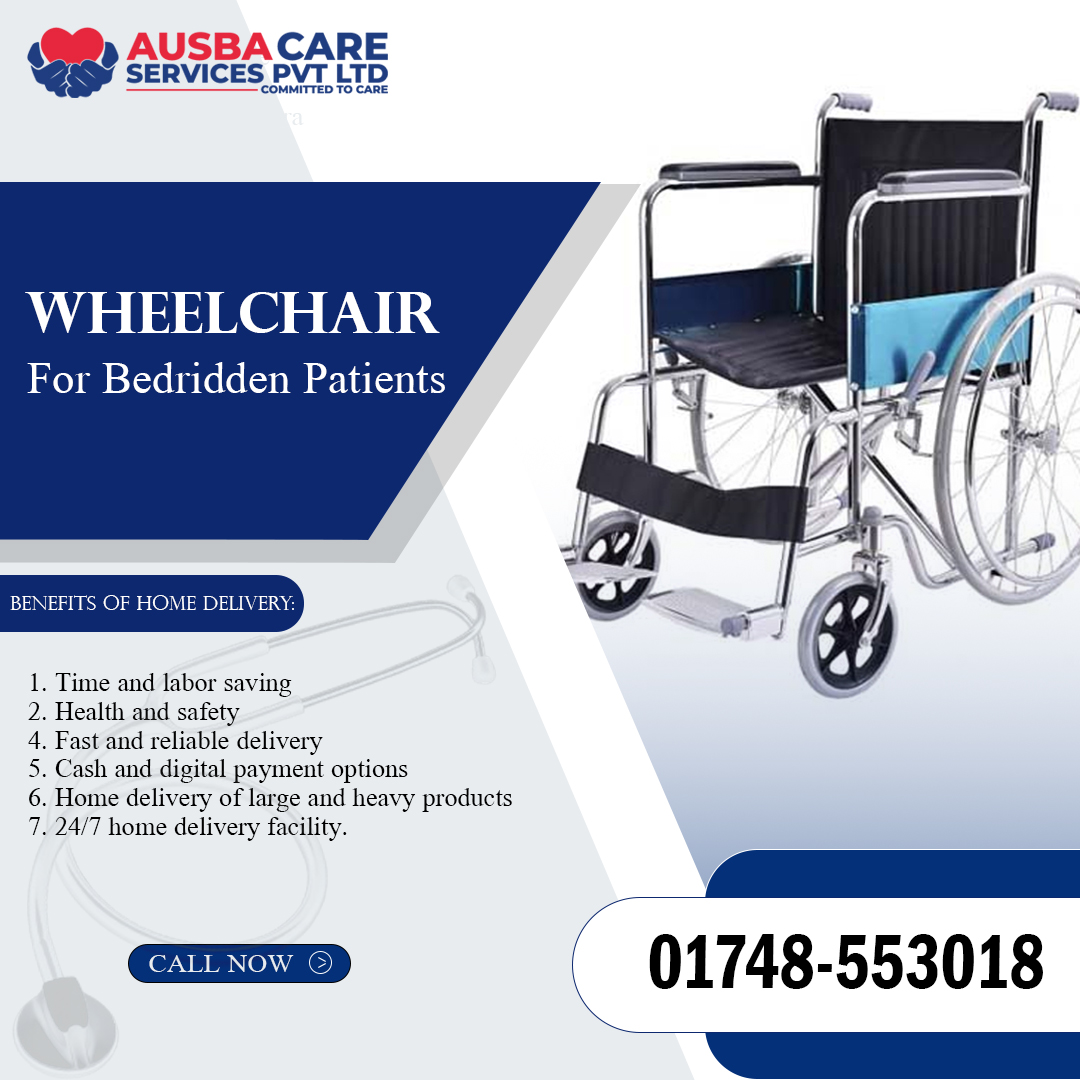
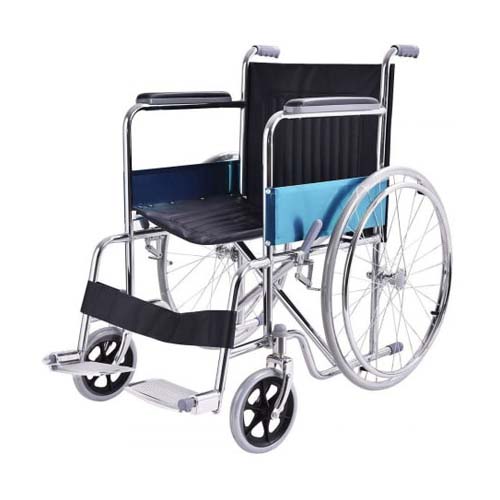

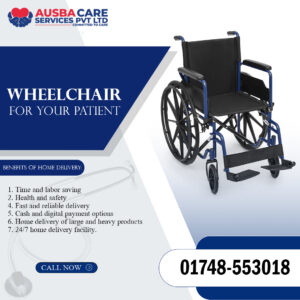
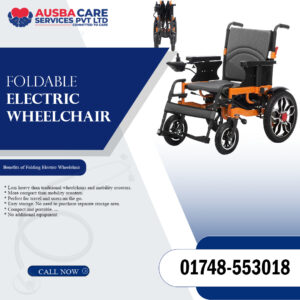
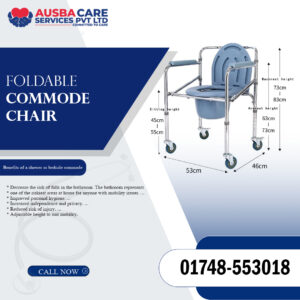
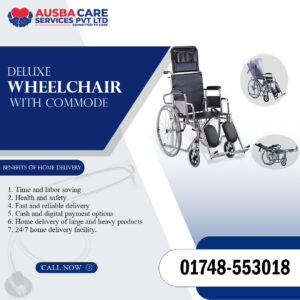
Reviews
There are no reviews yet.